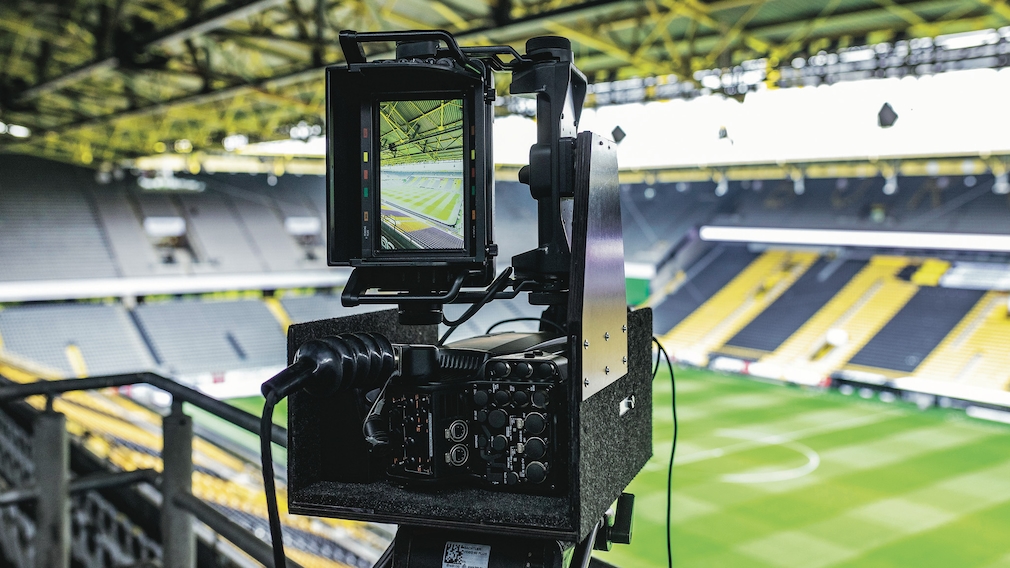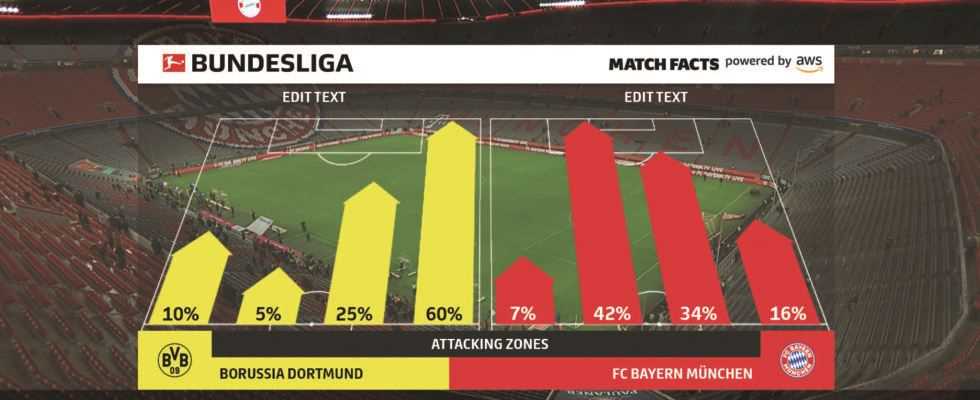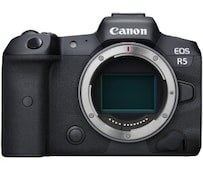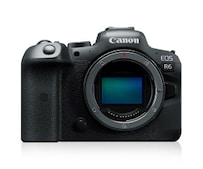When the ball rolls in the Bundesliga, around a billion people in more than 200 countries regularly watch. Six satellites broadcast the games around the world – either live or as a recording. The fan not only gets to see the game. At the same time, the DFL (German Football League, umbrella organization of the Bundesliga) provides viewers with a lot of additional information on every player and club as well as on the game. In addition, special broadcasts are offered for many countries, in which the focus is on the footballers from the corresponding region. High-tech is used in all of these services. COMPUTER BILD reveals the technical tricks of the Bundesliga.
Individual advertising boards
The advertising boards can be customized for each country to which a game is broadcast. On the left the original advertising on the LED board, on the right the adapted advertising.
Without moss there is nothing going on in the top German division. Perimeter advertising has therefore always been an integral part of all Bundesliga stadiums. But, for example, is a Japanese Bundesliga fan interested in an advertisement for a regional German product? Hardly likely. This is why virtual perimeter advertising is used: “The Bundesliga was the first league in the world to introduce virtual perimeter advertising on LED perimeter boards,” says DFL’s head of digital, Andreas Heyden. While TV viewers in German-speaking countries see the advertising boards exactly like the fans in the stadium, the content of the stadium boards in other areas can be individually adapted using digital cross-fading in the broadcast signal. According to the current state of the art, specially produced virtual boards are required to implement virtual advertising. However, according to Heyden, it is to be expected that purely software-based systems will also be used in the near future, which can also display regionally tailored advertising without a special band.
Local stars in focus
AI predicts game scenes

Countless cameras record all movements in the stadium.
But that’s not all: During a game, the technology used by the DFL constantly provides football fans with a lot of additional information: How many kilometers did player A run? How long was team B in possession of the ball? What playful strengths did Kicker C display? There are answers to all of these questions based on sophisticated computer analyzes. Today, technology is even able to predict whether, for example, a pass will arrive, whether a shot will go into the goal or what action the player is likely to plan next. But how does it work? “These are predictions of the probability of success of a pass or shot on goal, which are made on the basis of position data and a comparison of comparable historical scenes,” explains Heyden. “For example, the situation around a shot on goal is recorded – goal distance, position of the goalkeeper, speed of movement of the shooter, number and position of his opponents and much more – and then the algorithm compares this final situation with similar situations in the more recent Bundesliga past . The result is a value that indicates the probability of a goal falling from such a situation. “
Development continues
This is far from the end of the flagpole. In the future, fans will probably be able to assemble their own personalized Bundesliga broadcast themselves. In the case of some football broadcasts, the viewer can already decide now when to repeat game scenes and when to see which statistics. There is also an individual Bundesliga conference on Saturday lunchtime. The DFL is working on other options here – and is investing a lot of money in this. The exact amount is not revealed, but it is a mid-seven-digit amount for the upgrading of digital offers and media products. Football fans can expect a lot off the pitch too.










